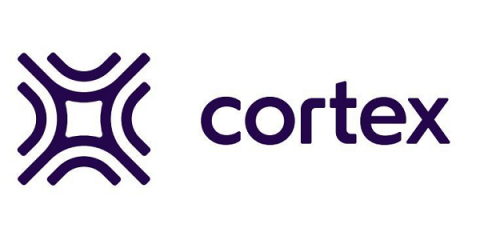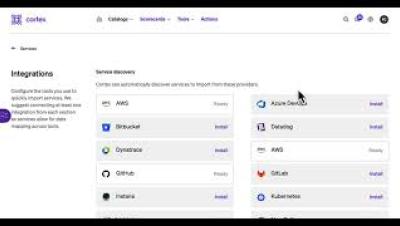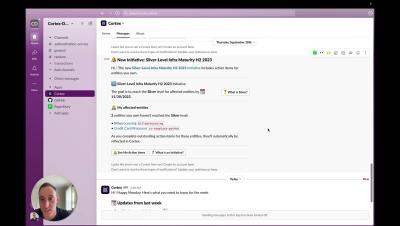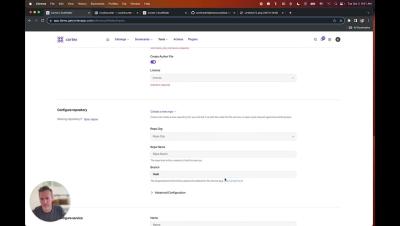Cortex Initiatives: When scorecards need a deadline
Improving software health, security, and operational maturity are continuous programs—you’re never really “done” maintaining standards of quality. But what if specific parts of that program feel more urgent? Maybe you want to ensure all software has a README file attached, and at least 1 reviewer assigned... by next month? Hey, you gotta start somewhere!







